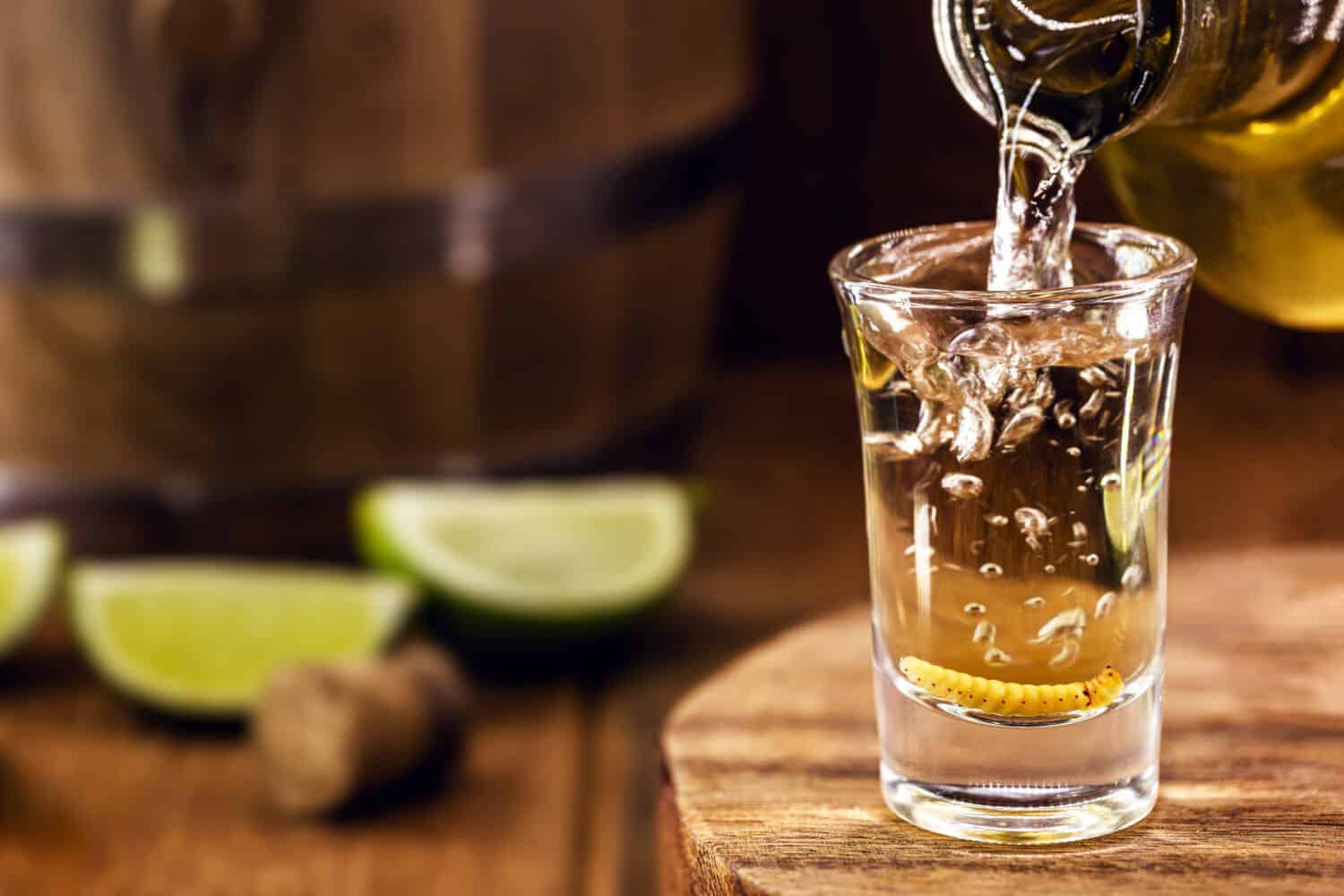
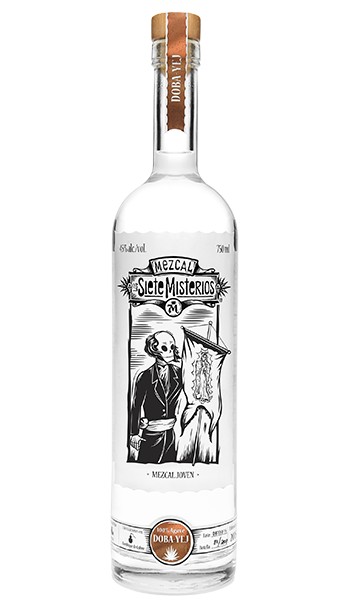

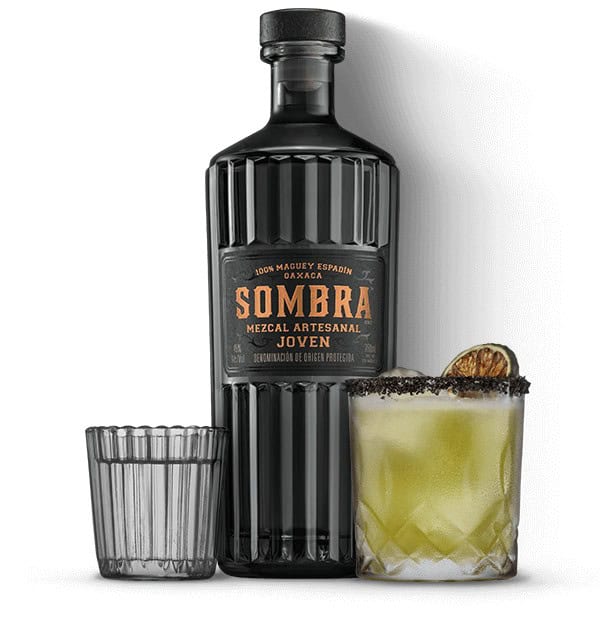
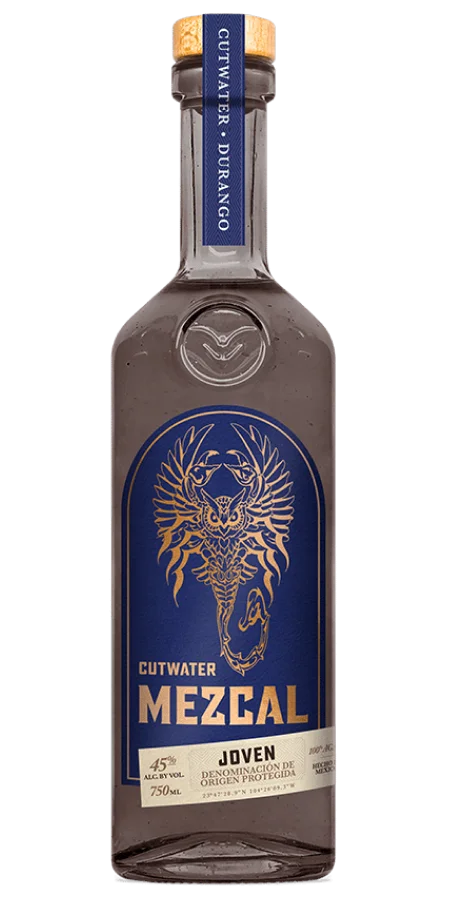




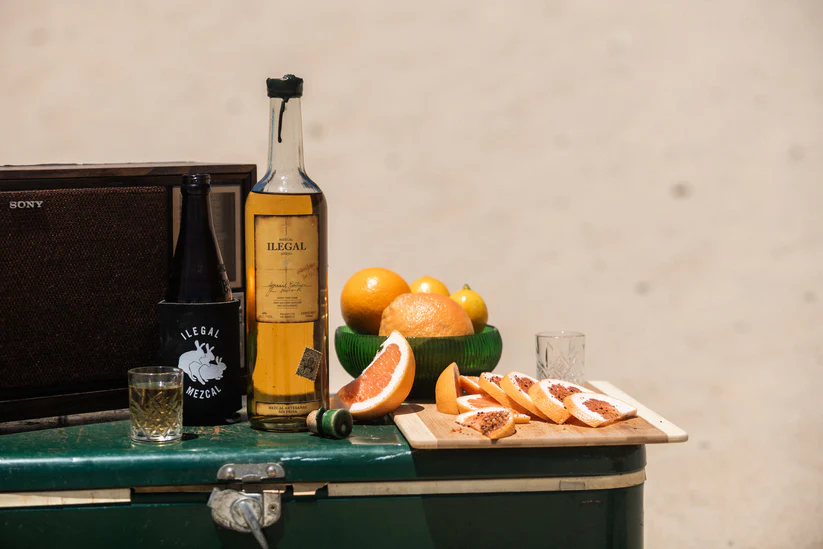
















12 Mezcals You Should Know and How to Drink Them
Until the latter 1990s, the only mezcal you were likely to find on American liquor store shelves or back bars was Monte Alban — one variety of which had that infamous dare-you-to-eat-it worm (actually a caterpillar) in the bottle. Then, in 1995, a mezcal-loving artist named Ron Cooper launched a line of artisanal mezcals, definitely minus the worm, under the Del Maguey label — and by the mid-2000s, mezcal was everywhere in this country. In 2019, the U.S. surpassed even Mexico, mezcal’s homeland, as the world's biggest market for the stuff, and today the website Mezcal Reviews lists more than 300 available brands.
Good mezcal is never cheap, but it is available at a range of prices — and manifests a range of flavors and aromas. Almost all of it is smoky, due to the process by which it’s made, but some examples taste or smell like fruit, others like herbs or spices, still others like leather or earth. Many are made from a variety of agave called espadín, usually cultivated, but there are countless other kinds of agave used, some of them growing wild, and each one lends its own character to the finished product. The overwhelming majority of mezcal comes from the Mexican state of Oaxaca, but there are good examples from other states, too, and their origin also affects their particulars.
Here’s a selection of a dozen good mezcals, with some notes to advise you what to expect from them, and suggestions as to how they’re best consumed. (Prices are approximate, and can vary considerably from place to place.)
Los Siete Misterios Doba-Yej ($40)
A good introductory mezcal for tequila-drinkers who want to try something related but different, this one is friendly and smooth but still shows good agave character. (“Doba-yej” is the Zapotec name for espadín.) The aroma suggests leather and hot cocoa, and there’s tropical fruit and spice (including black pepper) on the palate. Aficionados say you should always sip mezcal, not shoot it, but I like to take a shot of this one, tequila-style, and then suck the juice from an orange segment instead of a piece of lime.
Del Maguey Vida Puebla ($42)
Made from espadín agave grown next door to Oaxaca in the state of Puebla, this is one of several modestly priced Del Maguey mezcals in the label’s Vida line. It’s fruitier than many mezcals, with hints of pear and baked apple in the smoky aroma, and citrus on the palate. It’s pleasant enough to sip, but makes a good cocktail, too.
Sombra Mezcal Joven ($45)
The man behind Sombra, Richard Betts, gained fame initially for a different kind of alcohol, as sommelier at The Little Nell in Aspen, CO, famous for its wine list. Betts founded Sombra in 2008. His mezcal is made with espadín harvested at elevations of up to 8,000 feet (he believes that high-altitude agave yields a more elegant spirit), and packaged in an attractive bottle that the company recommends reusing for water or juice. Expect smoke, a hint of caramelized sweetness, some citrus, and an alcoholic sharpness that makes this a good mezcal for cocktails, where it will add brightness and spice to sweeter ingredients.
Cutwater Mezcal Joven ($50)
Cutwater — a company best known for its canned cocktails and a range of spirits including rum, tequila, and bourbon — sources its product from a distillery far from Oaxaca, in the north-central Mexican state of Durango, where it’s made from wild (and uncommon) cenizo agave and fermented with wild yeasts. The result is a vividly smoky mezcal, with a nice balance of sweetness, a citrus tang, and an attractive astringency. I’d break with tradition and drink this one over an ice cube or two, like peaty Scotch.
Tres Papalote Cupreata ($55)
There are plenty of tequila brands associated with celebrities, but mezcals are catching up. In this case, the celeb is partner and brand ambassador Cheech Marin of Cheech and Chong fame, better known for promoting an intoxicant of a different kind. This one uses a less common wild agave variety called cupreata. The resulting mezcal goes relatively easy on the smoke but offers a delicious mouthful with flavors of citrus, black pepper, mint, and various tropical fruits. It would work perfectly well in cocktails (like a mezcal Margarita), but is nice to sip, too.
Vago Elote Hijos de Aquilino Mezcal ($56)
This one is unique. “Elote” is the word for corncob, or just corn, and is also the term used to describe a common Mexican street food of roasted corn on the cob coated in mayonnaise, chile powder, cotija cheese, and lime juice. Those ingredients don’t go into this mezcal, but corn itself does: After a second fermentation, the mezcal is macerated with roasted heirloom corn, then distilled again. The buttery aroma of corn comes through, along with some smoke, and the flavor is a little woody, with hints of mango or papaya. I wouldn’t mix this one — just enjoy it straight.
Dos Hombres Espadín ($65)
Here’s another mezcal with a celebrity connection — in this case “Breaking Bad” stars Bryan Cranston and Aaron Paul. There’s plenty of smoke and plenty of fruit in both the aroma and the flavor, but while they’re pronounced, they somehow don’t overwhelm the pleasantly sharp and spicy flavor of the agave. This is a good sipper.
Montelobos Ensamble ($80)
Another mezcal from Puebla, this one blends a good measure of cupreata (or papalome) agave, complemented with espadín and tobalá. The aroma is smoky and vegetal, with an almost vinegary bite. The flavor has plenty of smoke, but there’s a smooth, slightly sweet mouth-feel that dials it back a little. This is definitely a sipper.
Illegal Añejo ($99)
This brand, now owned by Bacardi, got its name because founder John Rexer used to smuggle mezcal into Guatemala to serve at his bar there. The basic Illegal Joven is pretty average stuff, but this expression, aged for just over a year in French and American oak, is delicious, with fruit, sweet smoke, and almost a flavor reminiscent of crème brûlée as it fades on the palate. Hard-core mezcal-lovers will likely disdain it, but it’s a good gateway mezcal, and comes across very nicely when swirled in a snifter.
Del Maguey Wild Papalome ($100)
This dense, slightly funky mezcal, made from cupreata agave (“papalome” is an alternate name for the variety), has an aroma that suggests not just smoke but smoky BBQ, complete with sauce. The flavor tends more towards fruit, especially lemon and grape or maybe kiwi. Sip it from a small glass.
Del Maguey Tobalá ($130)
This one’s all about equilibrium. There’s plenty of smoke, but it’s offset nicely by notes of honey and Christmas spices, with an earthy, mineral-tinged core. This may well have been the first mezcal made from wild agave to be sold in the U.S. This is another one to sip from a small glass — or, if you enjoy the smoke, from a snifter that will let the bouquet blossom.
The Lost Explorer Salmiana ($180)
The price will probably restrict this bottling, made from salmiana agave, to serious mezcal-lovers. The recipient of numerous awards (including a Double Gold at the 2021 edition of the San Francisco World Spirits Competition), this is a complex mezcal, with more herbs than spices in the aroma and a flavor that puts grassy agave flavors front and center, with hints of green chile lurking in the background. Sip this slowly from a small glass or a snifter.
The image featured at the top of this post is ©RHJPhtotos/Shutterstock.com